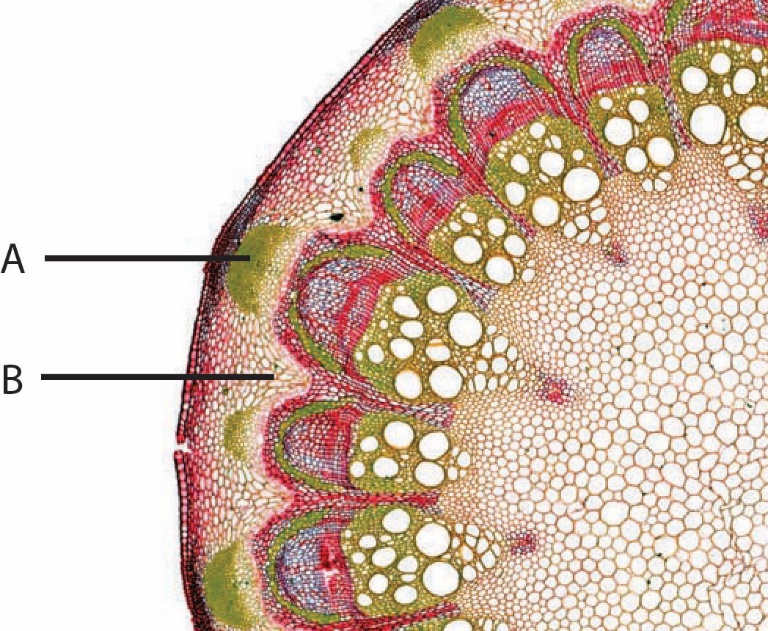A typical human body has ____ bones
a. 78
b. 168
c. 206
d. 417
e. over 600
C
You might also like to view...
A patient specimen was Gram-stained upon arrival in the clinical laboratory and revealed both Gram-positive cocci and Gram-negative bacilli. The specimen was cultured on sheep blood agar and chocolate agar, and after incubation, the culture grew only the Gram-negative bacilli. Which of the following is/are a likely explanation(s) for the failure of the Gram-positive cocci to grow?
A. The Gram-negative bacilli may have grown very quickly and overgrew the slower growing Gram-positive cocci. B. The growth temperature may have enabled the growth of the Gram-negative bacilli but not the growth of the Gram-positive cocci. C. The Gram-positive cocci may be an obligate anaerobe and was unable to grow in an ambient air incubator. D. The media used may not support the growth of the Gram-positive cocci. E. All of the choices are possible explanations.
The process by which an amoeba engulfs a food particle is termed
a. osmosis b. diffusion c. receptor-mediated endocytosis d. pinocytosis e. phagocytosis

A. sclerenchyma fibers B. parenchyma C. xylem D. epidermis E. phloem
Short tandem repeats (STRs) are highly variable sets of repeating sequences within the genome. Because the probability of any two having an identical number of repeats at different STR regions within the genome is astronomically low, they are useful for identifying samples of DNA. With so much variability in these regions of DNA, one would assume that STRs:
A) occur outside of protein-coding regions of DNA. B) are responsible for the physical and biochemical variation among individuals. C) are introns. D) are not inherited the same way as other genes. E) are always homozygous